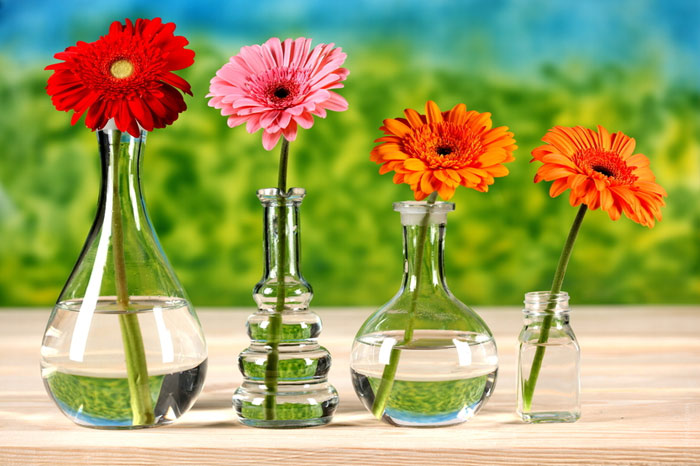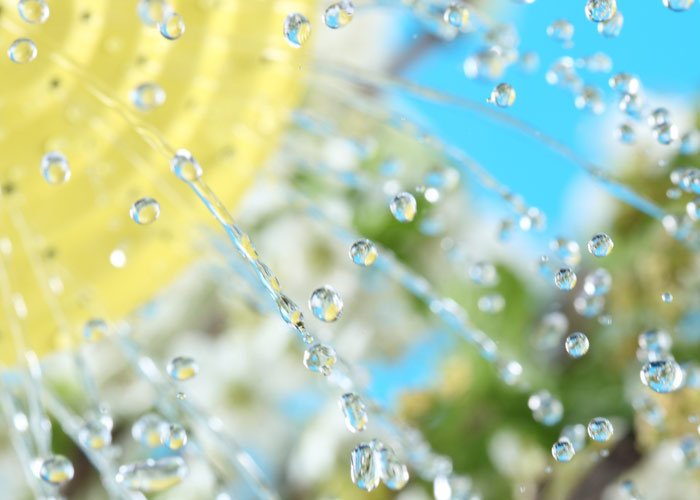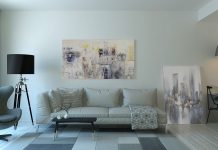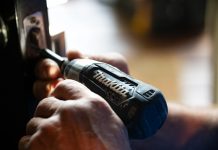Medics and environmentalists from around the world have been seriously concerned about the so-called Sick Building Syndrome for nearly ten years now. What exactly is it? Experts claim that over 25% of the substances present inside the human-inhabited spaces have properties which have negative effect on our health. However, we can protect ourselves from them.

Harmful Dust
Regular dust is once of those substances. Its composition varies greatly. Dust may contain tiniest bits of wool, textiles, wood and building products, as well as pieces of animal fur, hair, skin, pollen, etc. Saprophytic mites make the most dangerous part of house dust; contact with them can lead to severe allergic reaction.
How to Protect Your Health from Dust
Is there anything we can do to protect ourselves? Concentration of dust in the air goes up on average by 260 per cent when we use regular vacuum cleaner; however, if we use one with a water filter in it, then concentration will increase only by 50 per cent. The trick is that exhaust air raises the dust on the uncleaned surfaces, such that the dust particles end up in the atmosphere instead of the vacuum bag.
Healthiest Cleaning Devices
One solution is to use built-in cleaning devices. Those are installed in the areas of the premises where people don’t live and are based on complex system of air ducts. According to the data collected by the University of California in Davis, dust concentration drops by 20 per cent when we use built-in vacuum cleaners; furthermore, people who live in buildings with built-in vacuums and use them, have 60% less chances of suffering from allergies.
If your building does not have built-in vacuum systems then you can try some alternative options, such as ventilating the house, frequently wet-dusting the surfaces, avoid having laser printers and xeroxes in the living or work areas (paint particles result in very toxic dust).
Mold in Your House

Mold is another serous danger in our premises. We can often find over 200 types of mold in our houses. Those grow particularly fast in damp environments, such as cellars, sites of leakage, balconies, and bathrooms. Their presence results not only in unaesthetic spots and husking paint and plaster, but can also create harmful environment, since the microspores of mold , which float in the air, release toxins capable of destroying the immune system, triggering complications of bronchi and lung diseases, and leading to allergic attacks in people with bronchial asthma and allergic rhinitis.
Way to Protect Your Health from Mold
Try to make sure that your living environment does not facilitate development of mold fungus. Promptly fix water leakages in pipes and taps, regularly ventilate the building, and use air-cleansing devices.
Household Chemicals and Your Health
Toxic substances present serious danger to our health as well. Those substances include phenol, formaldehyde, PVC, members of synthetic materials, such as artificial flooring, furniture, paint, household chemicals, as well as electrical and electronic devices, etc. Items made with fiberglass, latex, can be classified into the “danger group” as well. The so-called “eco-toxins” can attack the nervous, immune, cardiovascular, respiratory, and other systems.
All Natural Is the Best Solution for Good Health
What can we do in this situation? Make sure not to spend most of the time inside the areas filled with electronic and electrical devices, use household chemicals as little as possible, avoid artificial finishings when building or renovating, buying furniture or carpets (instead try to purchase natural materials), etc. In addition, it is recommended to avoid using air conditioners and to ventilate the building in traditional manner instead.










